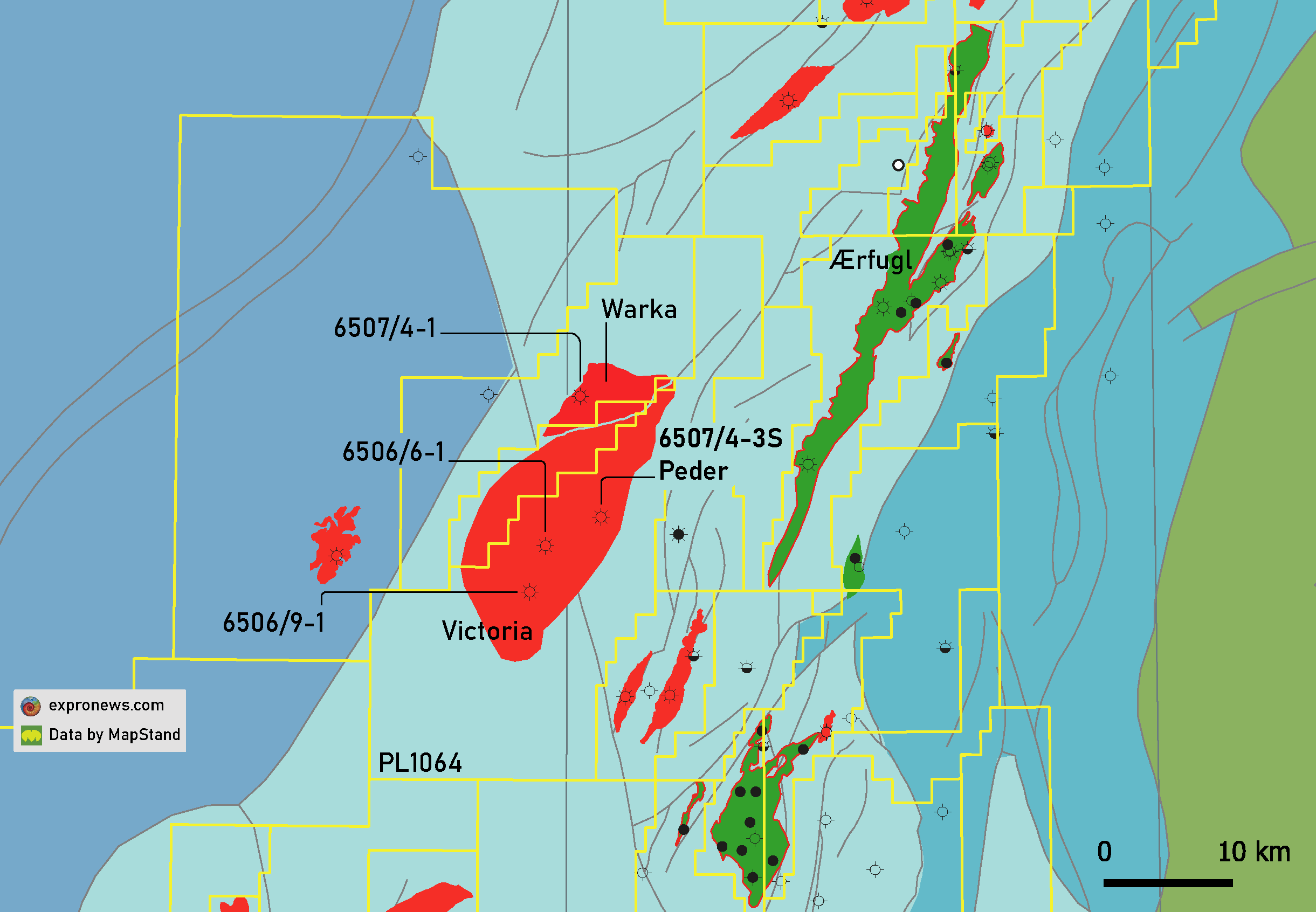This is not a good week for exploration results on the NCS, and not a good week for the Cretaceous play in the Norwegian Sea in particular.
This morning, the NPD announced that ConocoPhillips’ well 6507/4-3 S proved a tiny volume of 0.7 MMboe in the Peder prospect overlying the Victoria discovery. And yesterday, the results of the Ormen Lange Deep well (6305/5-C-3 H) were released by the Oil Directorate: a dry hole.
Poor reservoir quality
A 55 m thick Lange Formation sandstone was found in well 6507/4-3 S, but with overall poor reservoir quality. Only 1 m of gas-bearing sands were encountered at the top of the sandstone interval.

The 6305/5-C-3 H well, which was operated by Shell, targeted a Lange and Lysing prospect beneath the giant Upper Cretaceous/Paleocene gas accumulation in Ormen Lange. Similar to Peder, reservoir quality turned out to be the key issue, with mainly siltstones and some thin layers of sandstone and dolomite stringers encountered.
What’s in store for the Cretaceous play?
The results are obviously a blow for the operators and partners, but also a blow for the Cretaceous play in the Norwegian Sea. A significant drilling effort has recently been made to prove the deliverability of the play, but either further appraisal is required to progress to development (Warka, Egyptian Vulture) or results were disappointing (Black Vulture appraisal).
What does the future hold for the Cretaceous play in the Norwegian Sea? First and foremost, it would be good to see one of the recent finds appraised successfully. Until then, we have to hold our breath.
HENK KOMBRINK




